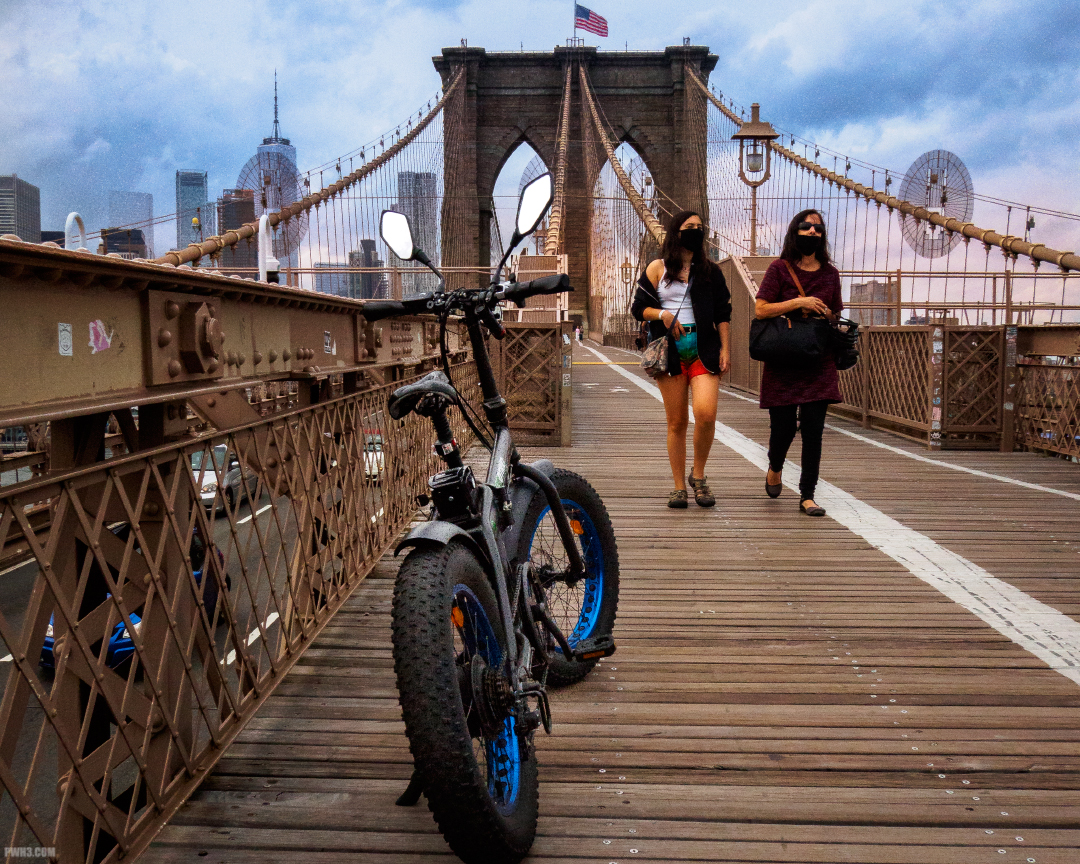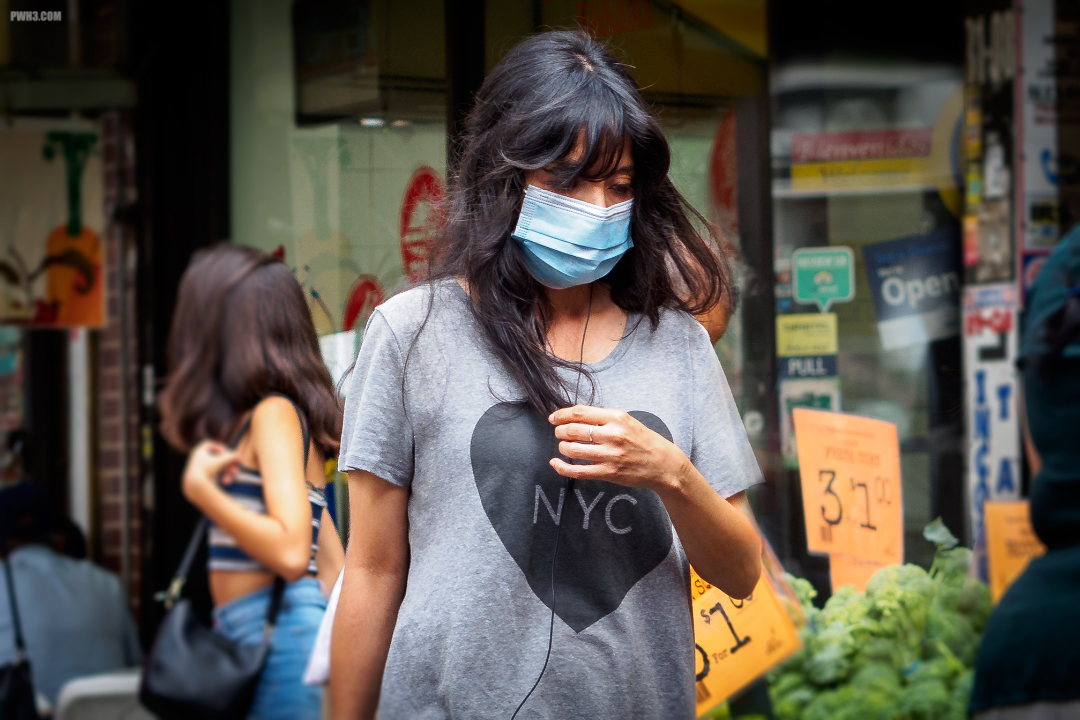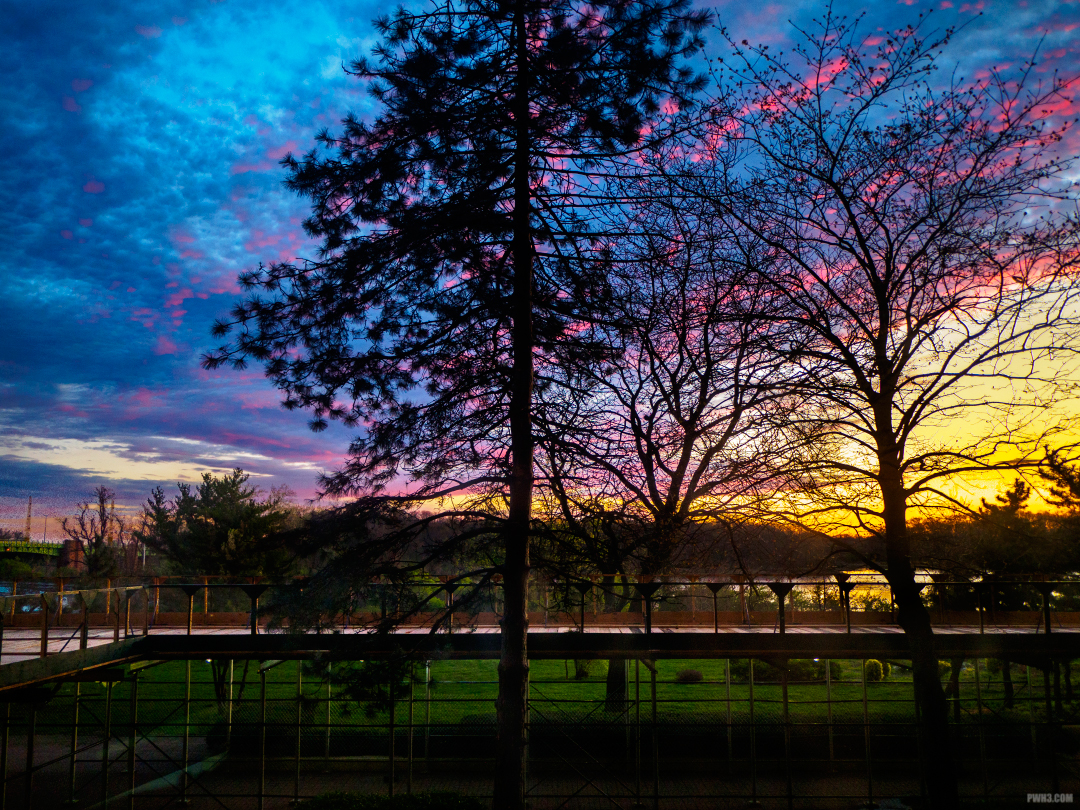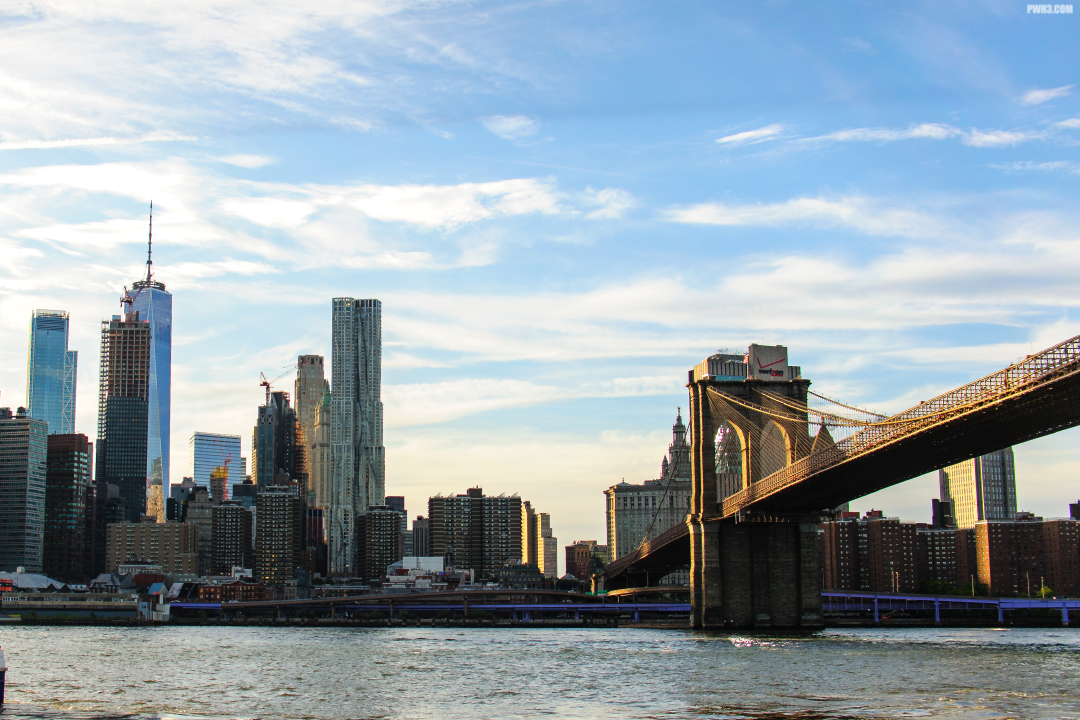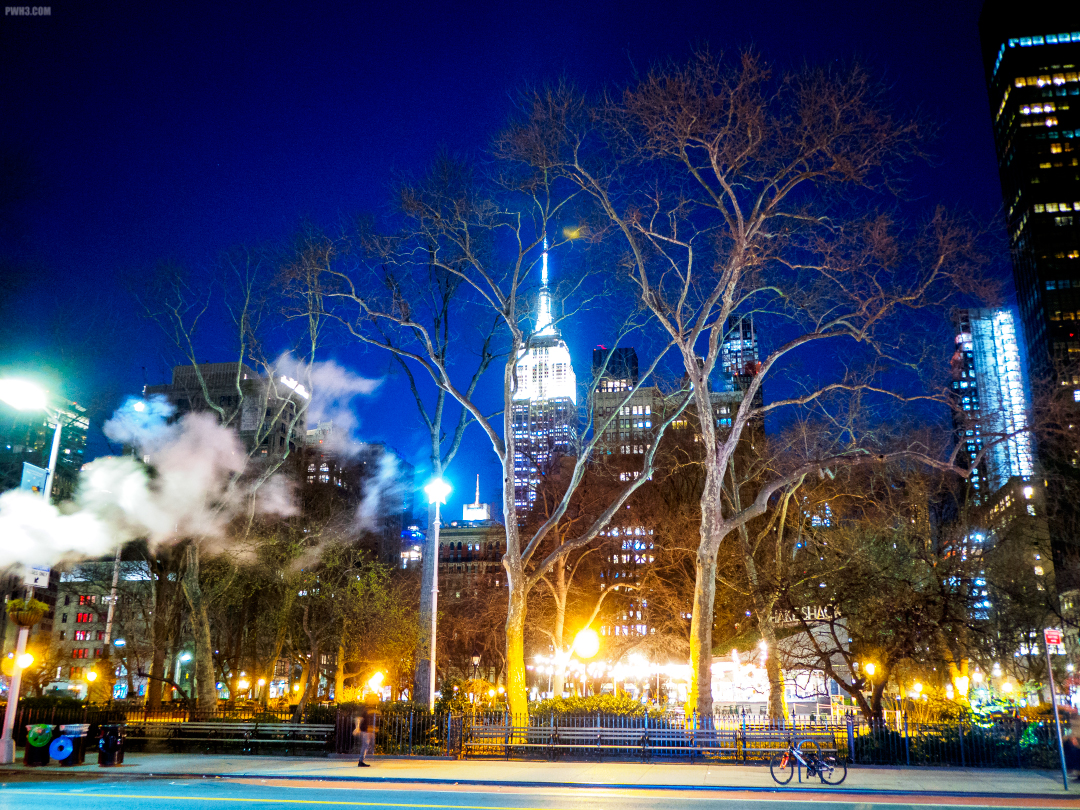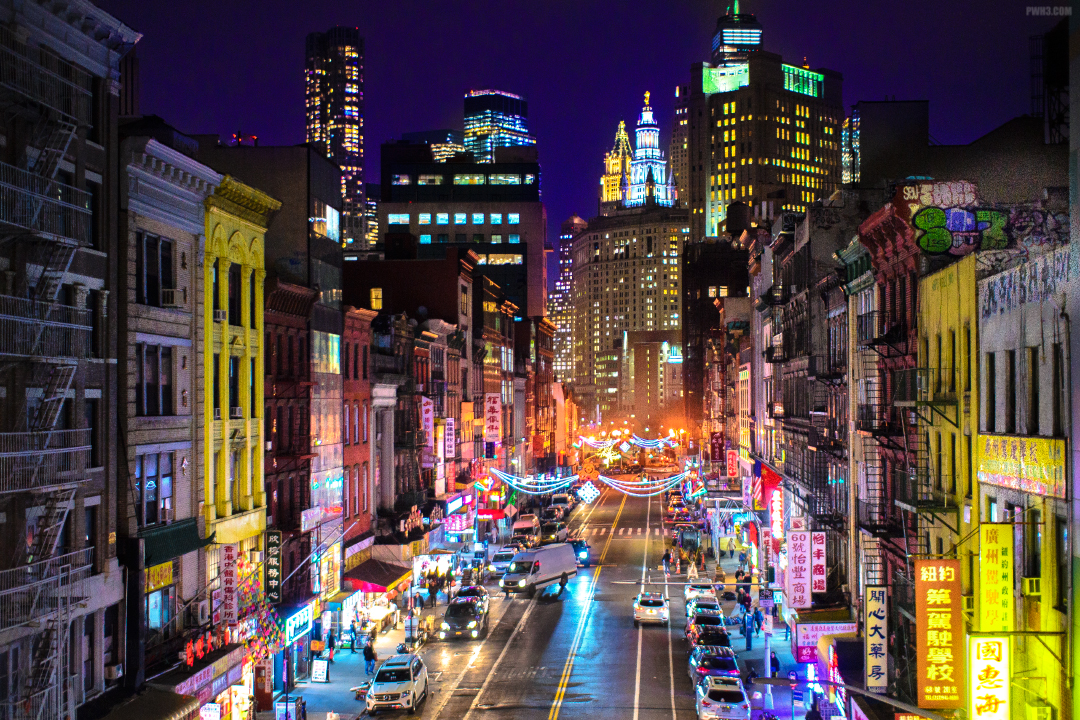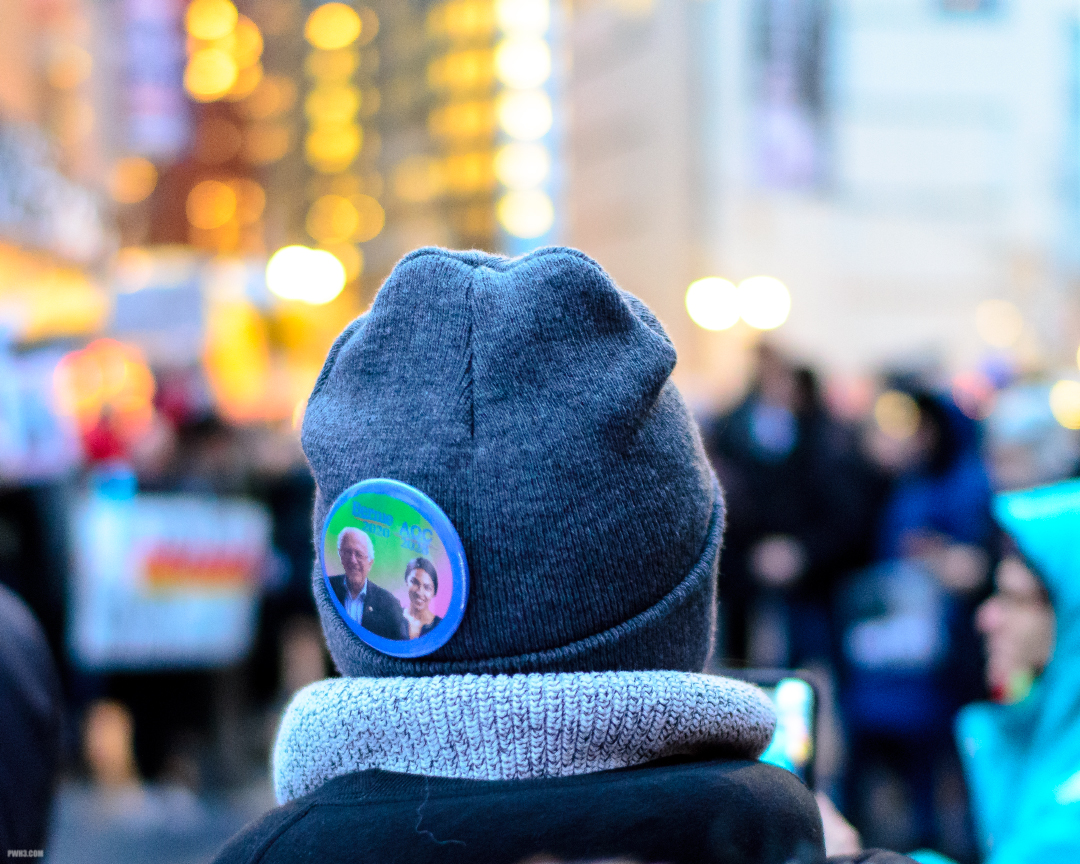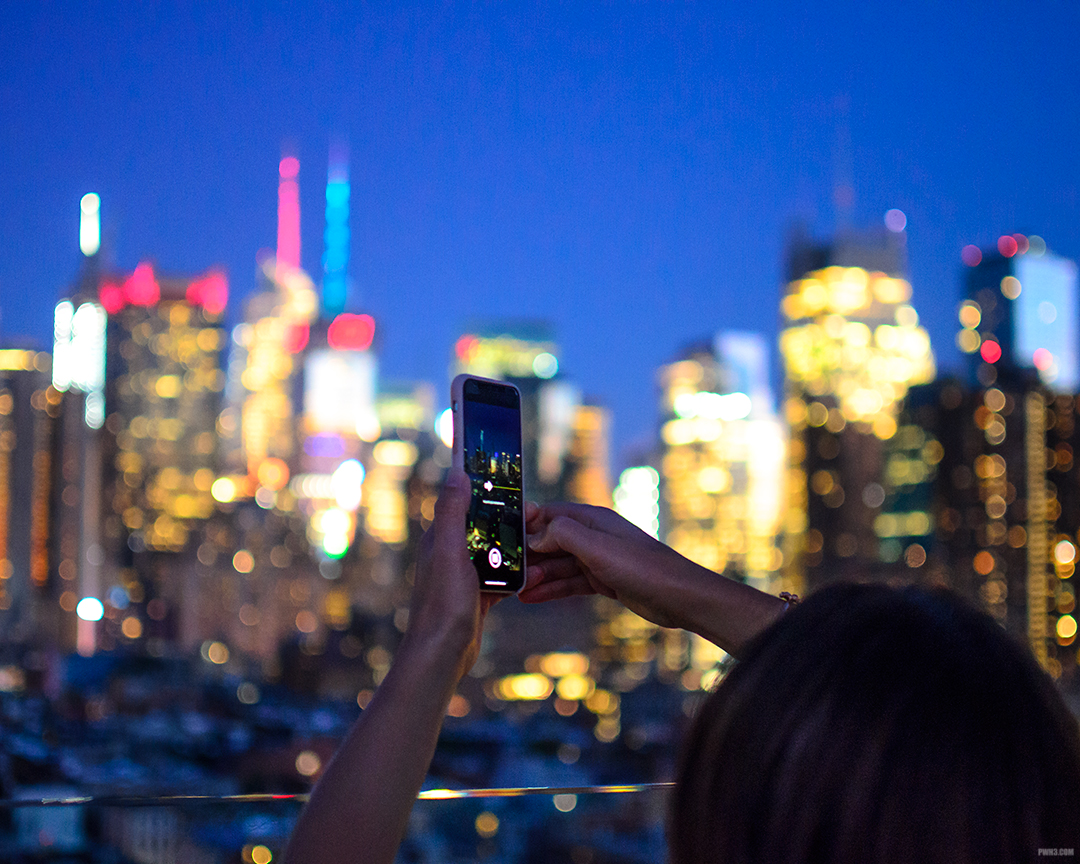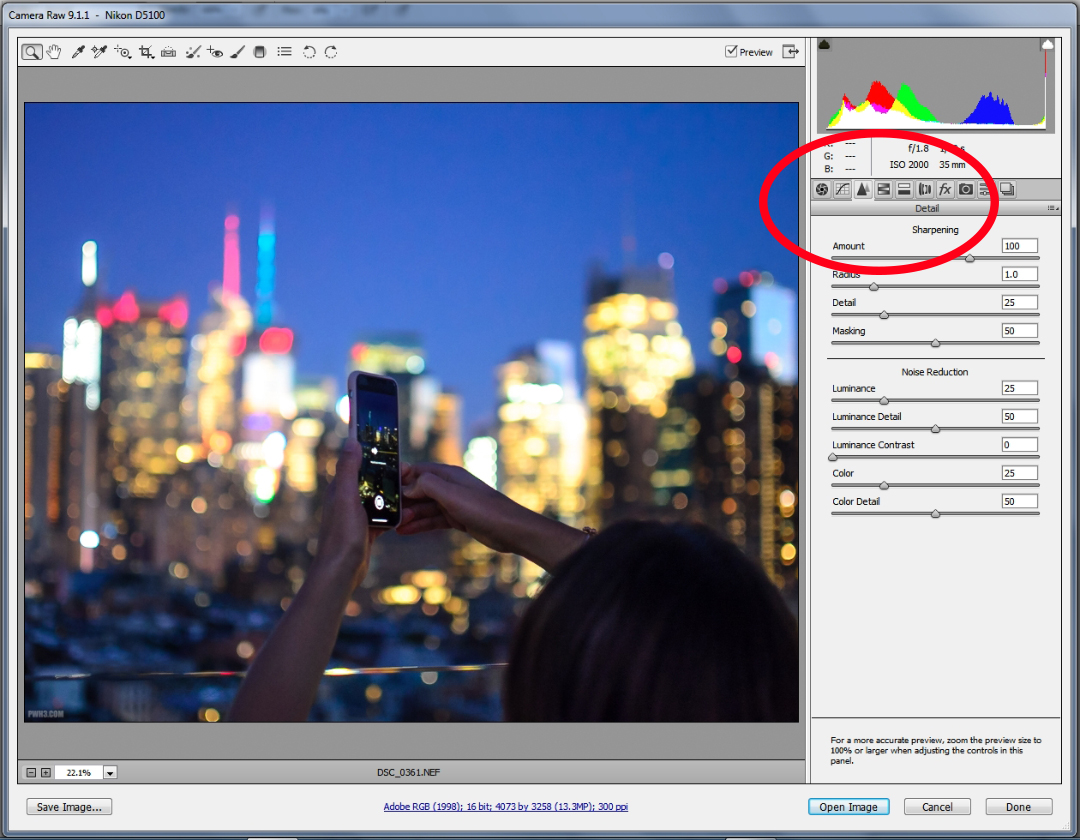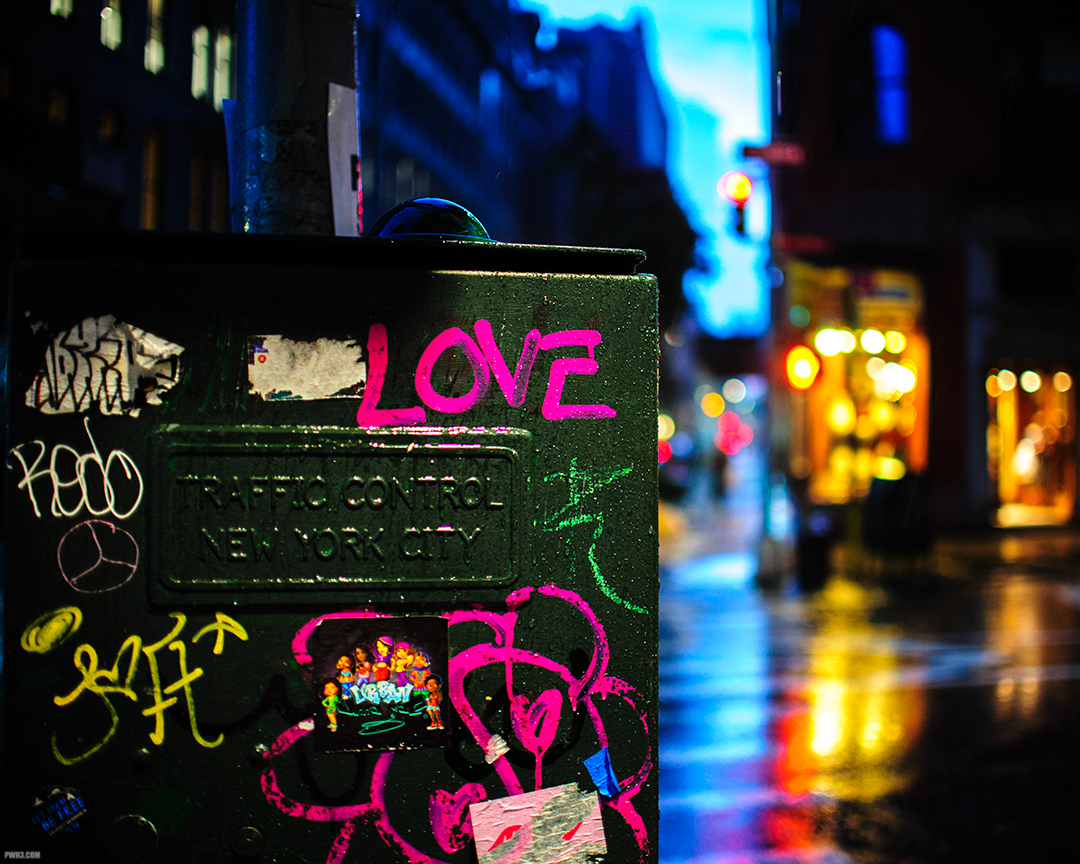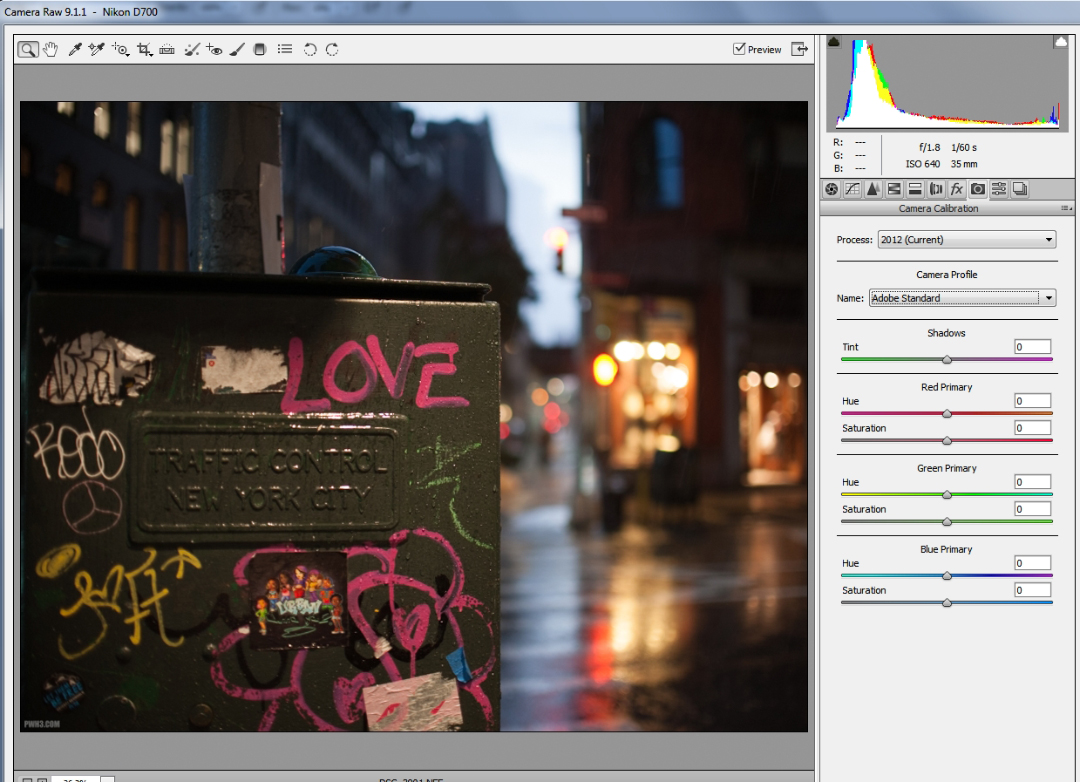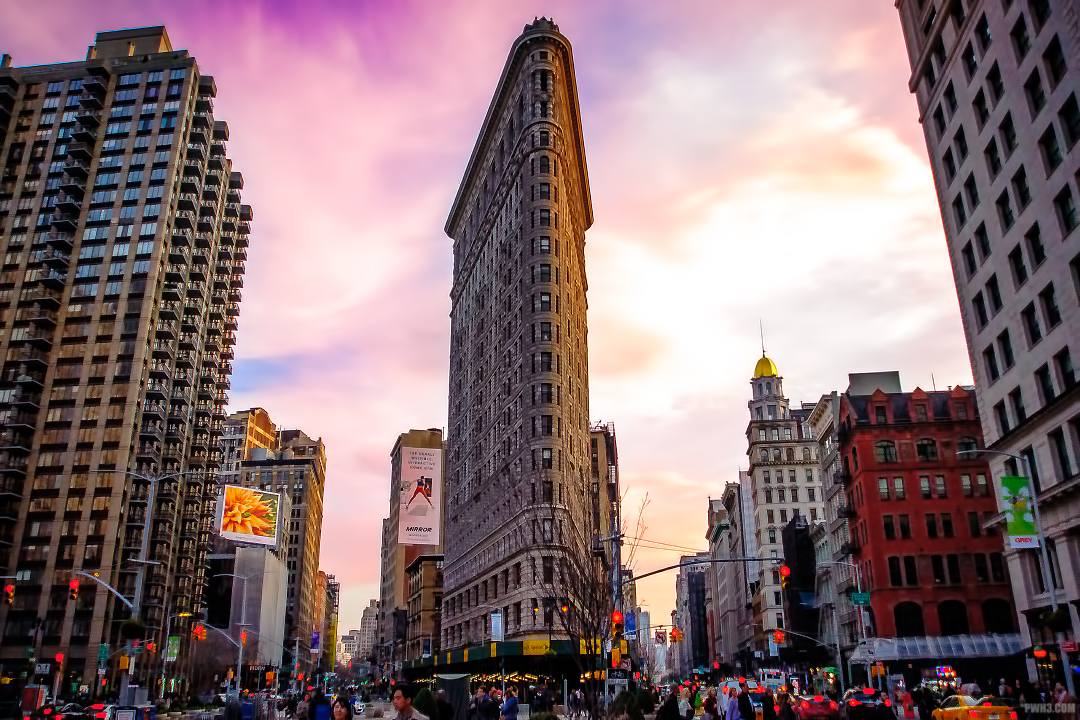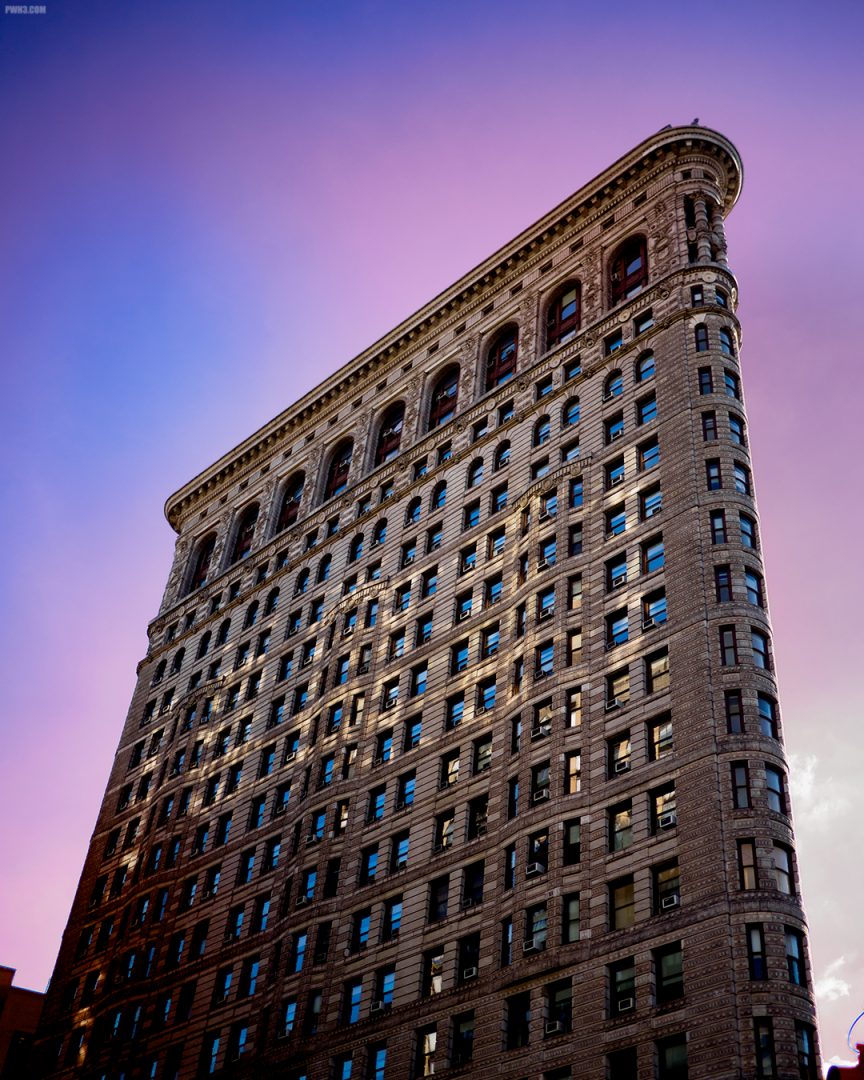2020 can definitely be described as a year of change. There are so many things that we took for granted that we can no longer do anymore, or have had to alter to fit the new reality of daily life. We have all had to learn to adapt.
Like many New Yorkers, part of that adaptation has been finding ways to avoid mass transit. Nobody here wants to be packed into a crowded bus or subway car anymore if we can help it.
Because of this, New York City has seen an explosion in bicycle usage. I personally have never seen so many people riding bicycles around town as I have seen this summer in NYC. A significant and growing number of these bikes are electric bicycles or “e-bikes”. E-bikes have batteries and motors and can usually reach top speeds of about 20 miles per hour (32 kph).
Continue reading “Why Did I Buy An E-Bike?”
